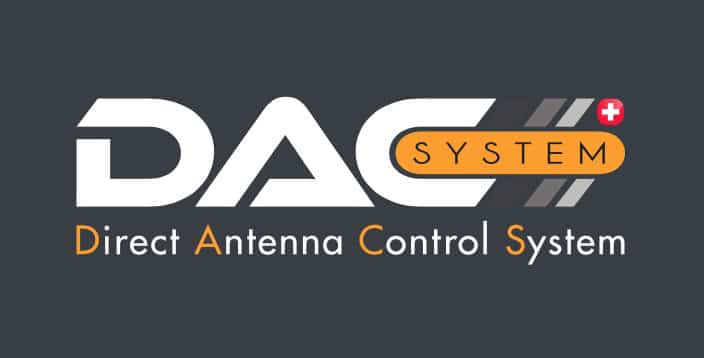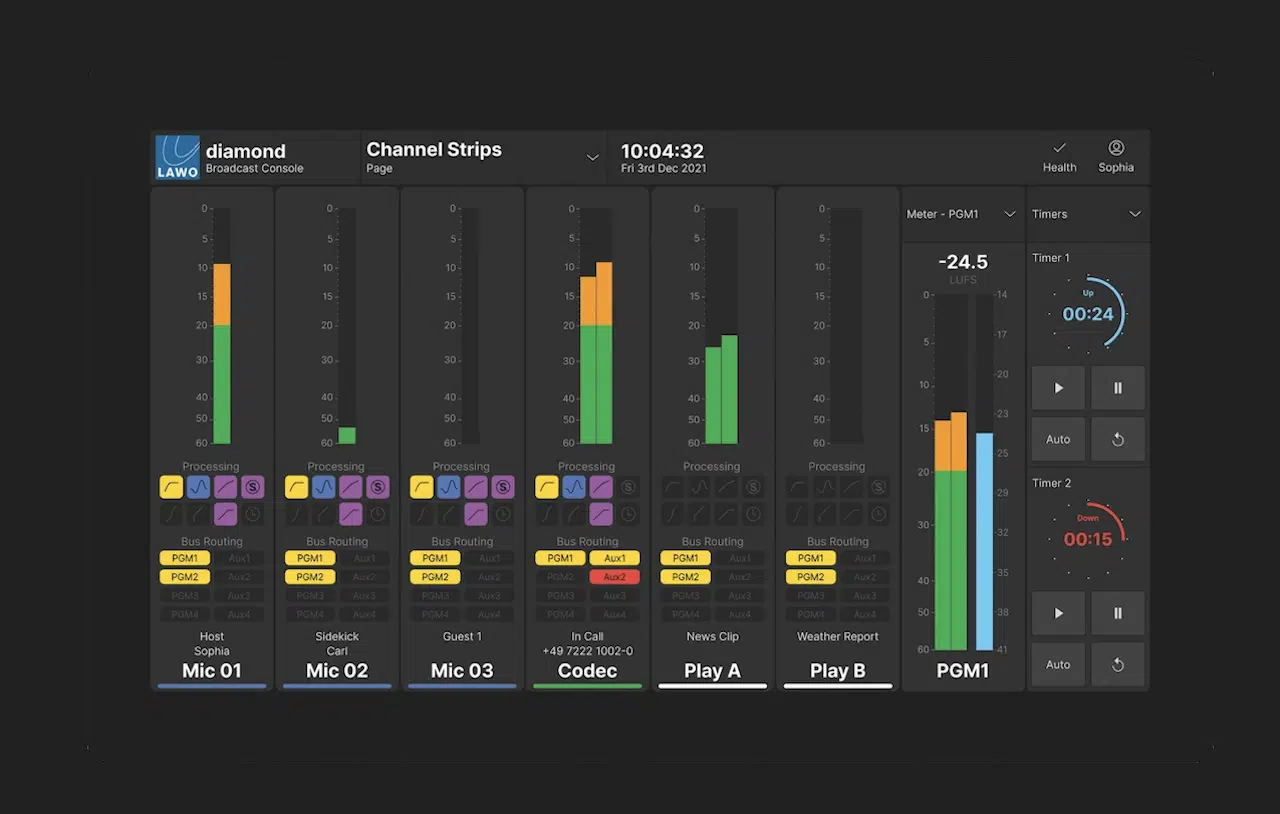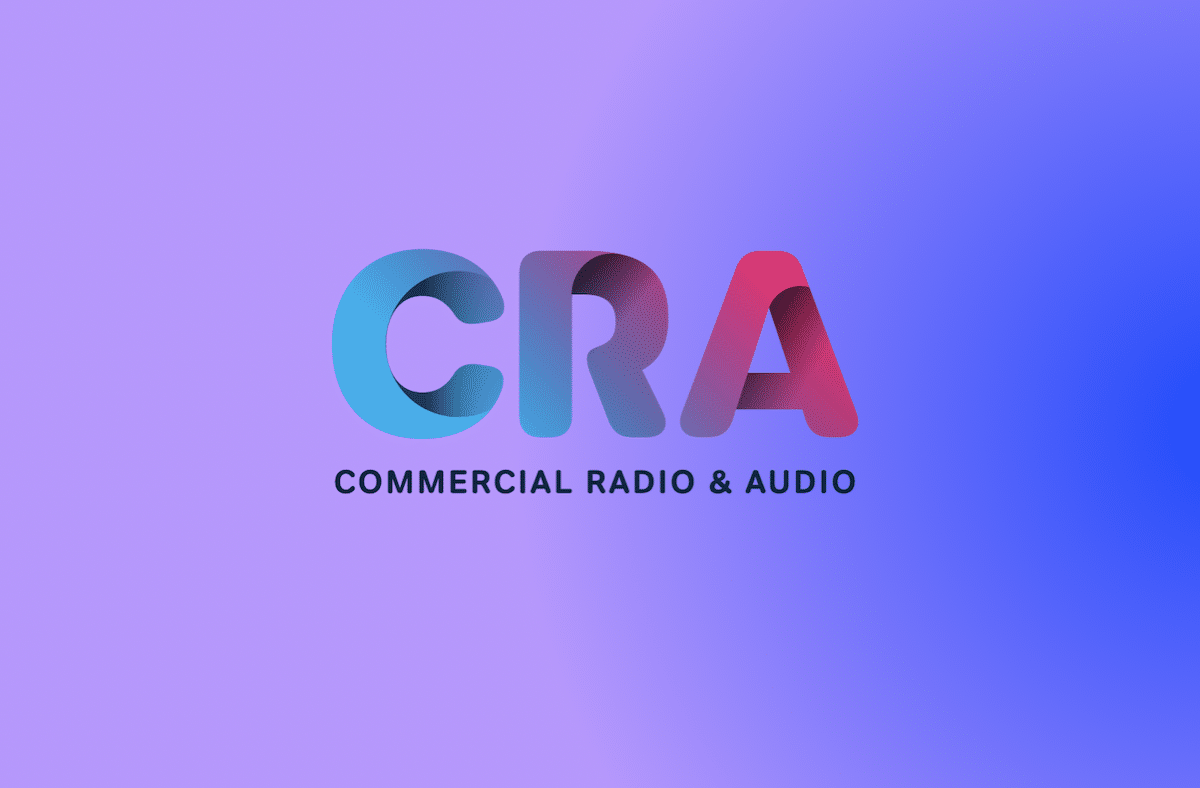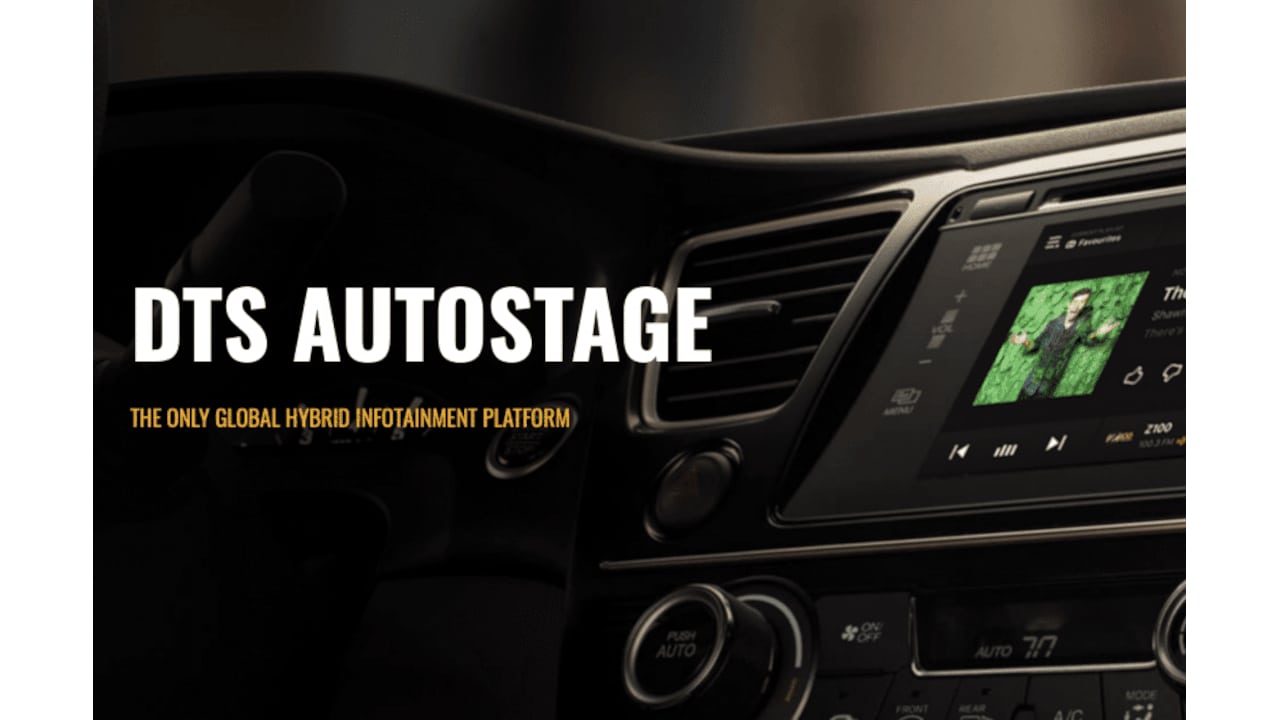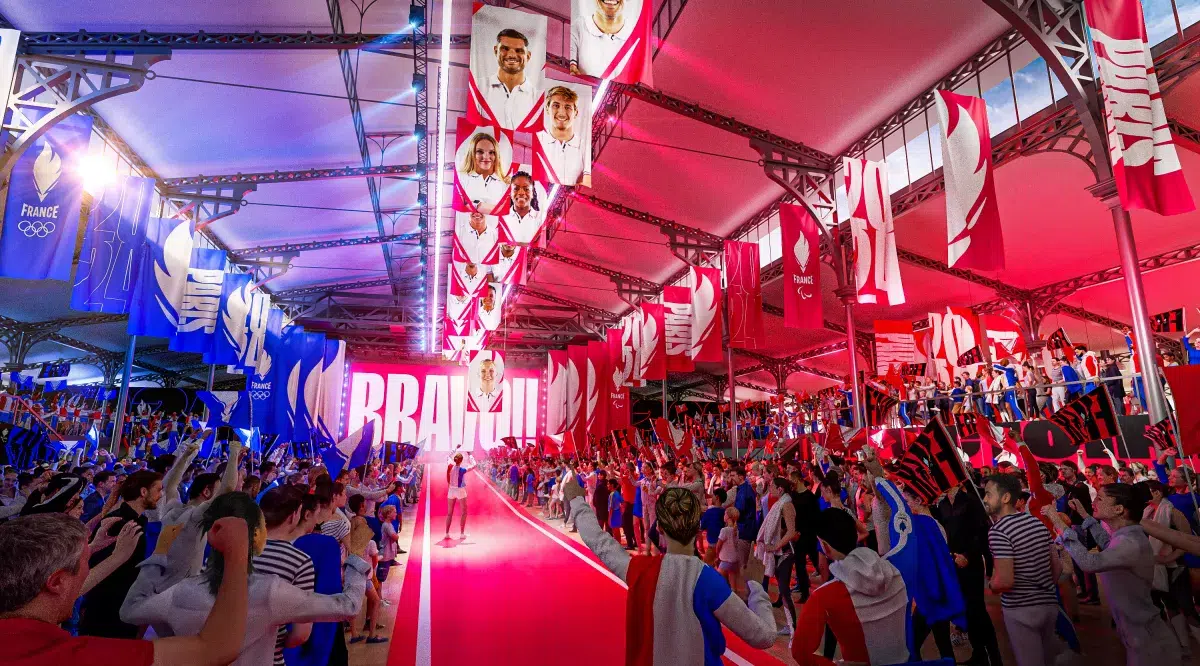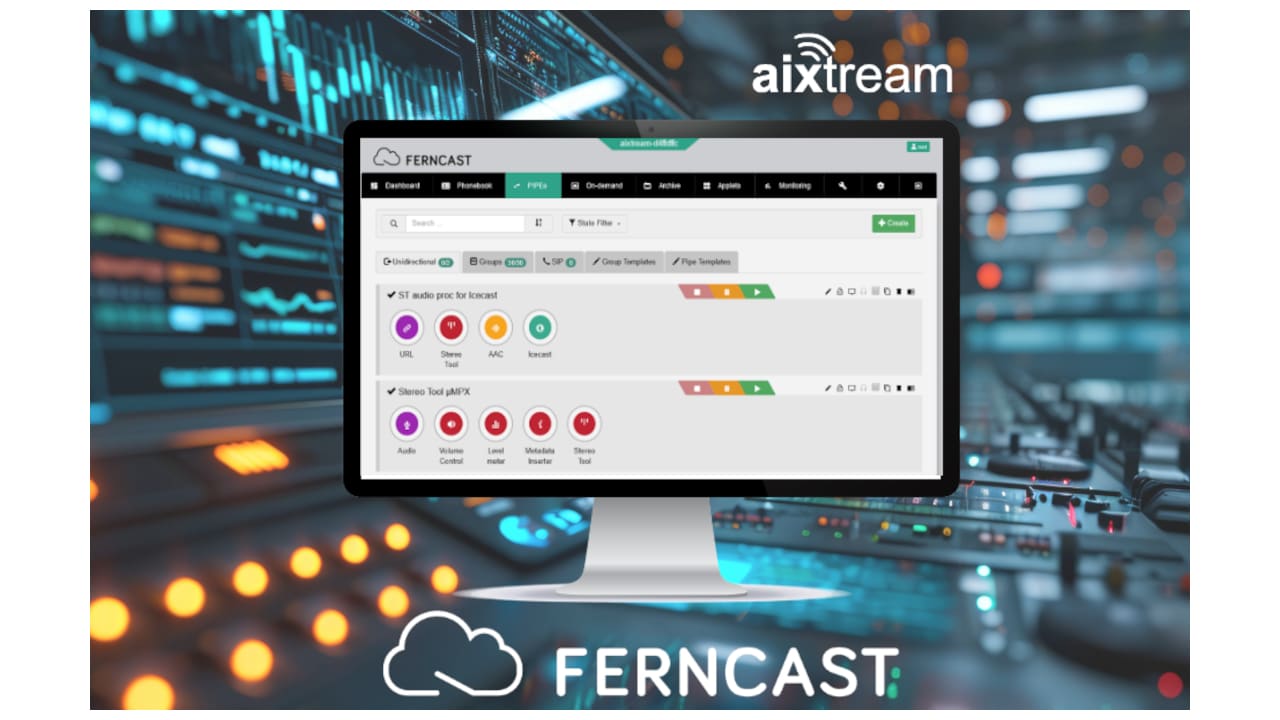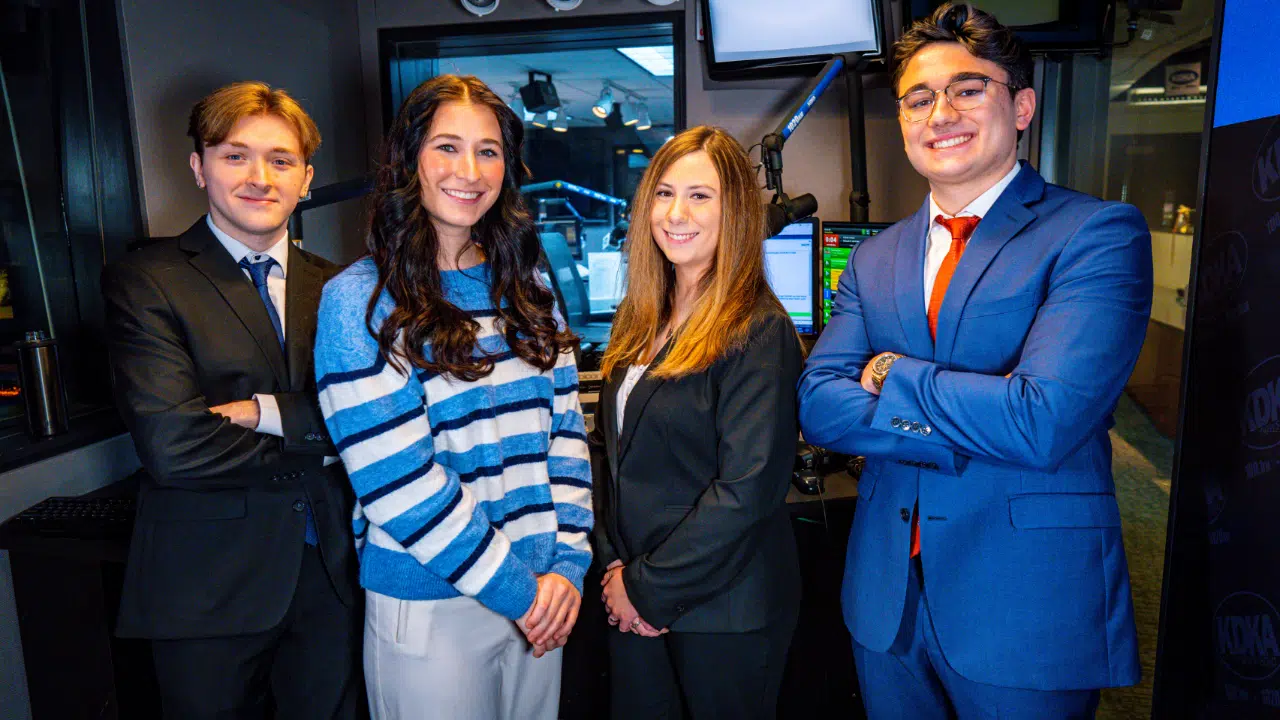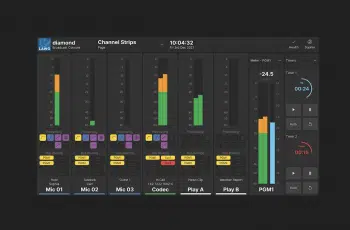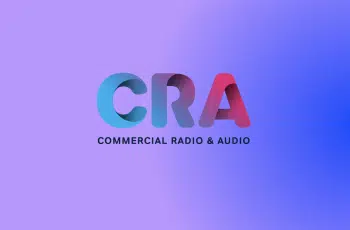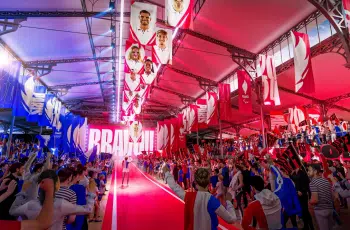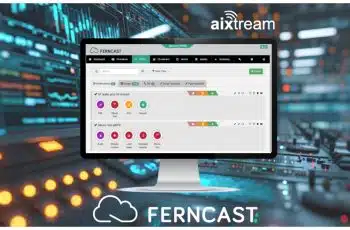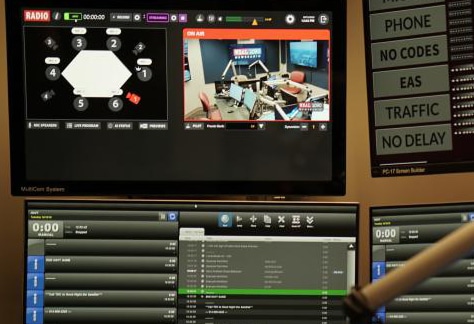

The last few months have been a head spinning challenge for our industry. Covid has changed many things — listening habits, how and where we connect with our audience is one example. But it’s not all bad news. With adversity comes transformation, and with the right approach, this leads to innovation and new business opportunities. That’s why radio stations should consider adding video to their strategy.
Radio broadcasters and podcasters can use this opportunity to connect with their audience in a new way that not only will help bring in younger demographics, but will also help create new paths for ad revenue.
Connect to Your Audience
Some things never change: What did people love about radio over the years? That sense of being a part of a group. Your station, your music, your talk. That hasn’t changed. But the way we connect with our audience has.
Social media is now used by 80% of the population. Videos in Facebook feeds have grown over 360% in the past few years because Facebook makes sure it is front and center.
Approximately 500 million people watch Facebook videos every day. Videos get 478% more shares than other posts, and so on.
 But my station is already on social media and that isn’t earning the station revenue.
But my station is already on social media and that isn’t earning the station revenue.
Getting your audience to engage via Facebook doesn’t pay the bills. However, stations can use it to drive audiences to their websites. Think about those video consumption statistics. Videos are one of the single best ways to draw an audience in to your website.
There are a number of ways you can do this. These include:
- Posting snippets of video clips from your shows, then inviting viewers to watch the entire video on your website
- Posting live shows on your Facebook page with a link to your website
- Sharing other locally related videos on your Facebook page with a link to your website
The goal is to use social media to bring your audience to your website. Once they are there, you need to convince them to make it their “go to” site. Video is the single best way to do that, no matter what your format is — especially now when people feel so disengaged!
Here are some ways to generate new sources of revenue for your station:
- Sell the bottom third of your live video screen for ads
- Selling video ads. When the station goes to an audio commercial, you can offer a second separate video ad for your “viewers”
- Sell space for logos of advertisers
- Now that your website traffic is up, sell additional ad space on your website with the increased traffic you are now generating
There are stations out there that are increasing their ad revenue by thousands a month with this formula.
This all leads to the reason why visual radio is now more important than ever. It isn’t a novelity, it’s simply your way of engaging with your audience. It’s morphing your station to be a “content provider” no matter through which platform the audience is engaging.
What exactly is visual radio? Let’s first answer what it isn’t:
- It’s not a still camera shot. Maybe five to seven years ago that was acceptable, but not today. You certainly don’t want your audience to feel they are watching “security camera footage.” No one watches that for long!
- It’s not just a camera in a studio. Stations need their visual radio field to be natural. Plan it out by thinking about what your audience wants to see. You want the audience to be engaged and not distracted by the video. You can even use additional videos that the show can share with the audience. This is all possible by using a visual radio system that mimics real camera operators and lets you easily insert additional images and videos.
 They came for the video, they stayed for the content.
They came for the video, they stayed for the content.
Quality is important. Visual Radio allows radio stations to compete with all other video sources. So quality is key. Please don’t have your announcers run the cameras. This will distract the hosts and you’ll end up with jerky video movements. It’ll also put off the audience. With smooth and natural movements however, they’ll start engaging in the content.
Is radio for listening or viewing?
Tastes and technology evolve and the stations and companies that win are those that quickly adapt and embrace new technology. Many stations have their history in AM radio, but morphed to FM, stereo and digitial radio.
Now, we have begun adding podcasts and visual radio to the mix because we need to be content providers, knowing our audiences want to watch and listen on their schedule.
Now is not the time for our station to spend money.
It’s a very concerning time for many stations. But of the changes we see taking place, many are here to stay. Thus, the sooner we embrace these changes and become part of our audience’s new technological landscape, the better.
One of the single best examples of a company changing, surviving and thriving by being ahead of the curve in customer tastes is a company called L.L.Bean. (It’s an iconic outdoor clothing company in the United States.) The firm started more than 100 years ago as a catalog. Well before it was a must-have for companies, they started investing in a website and technology to expand the brand’s footprint onto the internet. L.L.Bean embraced new technology, and now it’s a success story about how they expanded the name into internet stardom while remaining true to its brand. Other companies in this same industry are struggling because they waited too long to introduce new technology to their customers.
Radio broadcasters need to follow the L.L.Bean model — embrace new technology, embrace a new way of connecting to your audience. Your audiences are hungry to connect, and adopting innovative technologies such as visual radio can be a part of this process. It’ll help you attract more people and ensure they keep coming back for great content.
The author is North American sales director for multiCAM systems.


